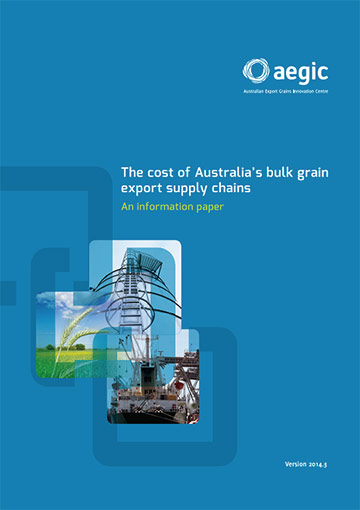AEGIC’s Economics and Market Insights Team analyses market information and economic data to understand future market trends and opportunities. This analysis helps the Australian grains industry position itself to capture maximum value from future opportunities.
A range of big-picture topics that affect Australia’s export grains sector are also available on our Horizons blog.
















